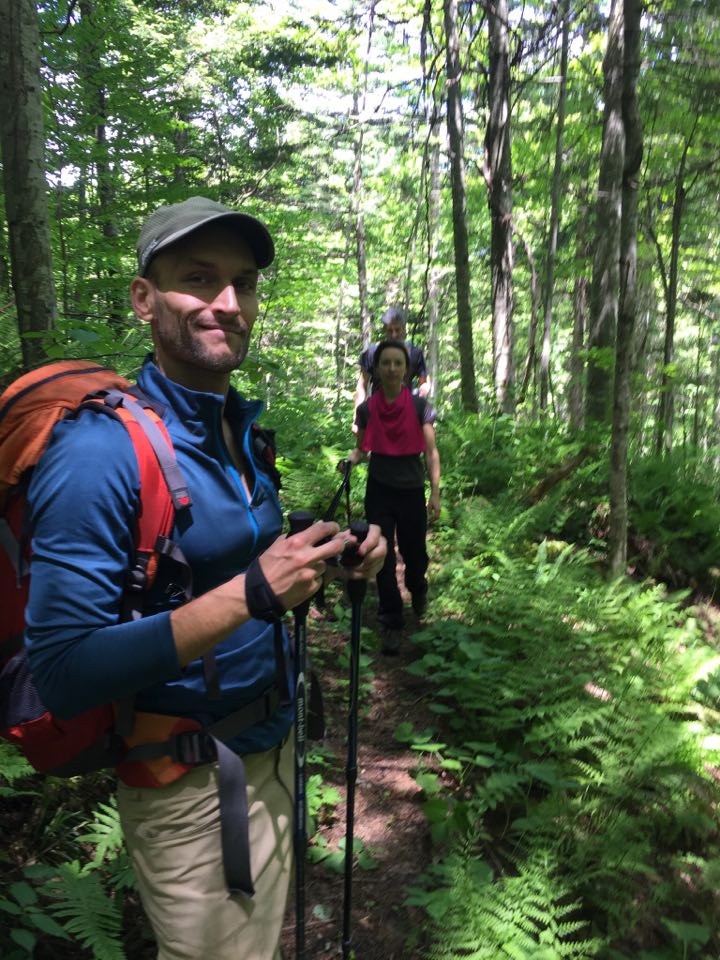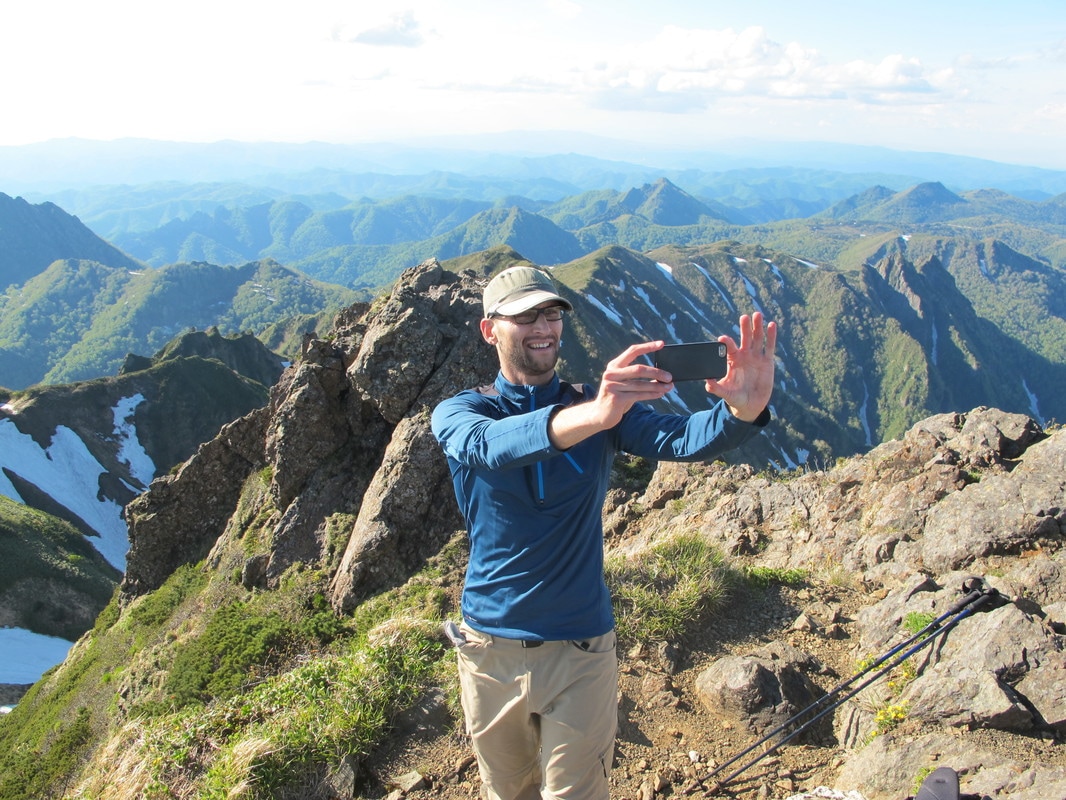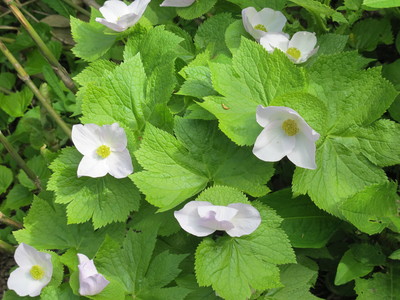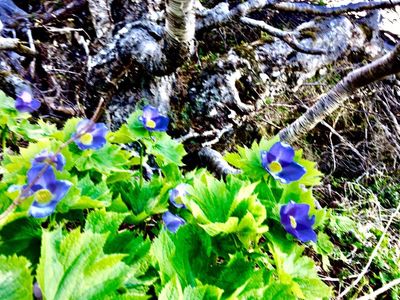- Home
-
Sample Tours
-
Sample Custom-Made Tours
>
- Sample Custom-Made Tours Highlights
- Spring: 7 Day Spring Variety 10pax Sample Tour
- Spring: 5 Day Southern Spring Blossoms Sample Tour
- Spring: 8 Day Hiking & Wildlife Luxury Sample Tour
- Summer: 7 Day Summer Variety Sample Tour
- Summer: 7 Day Hiking & Sightseeing Sample Tour
- Summer: 6 Day Hokkaido Heartland Sample Tour
- Fall: 8 Day Fall Foliage Family Fun Sample Tour
- Fall: 8 Day Central & Eastern Hokkaido Fall Luxury Sample Tour
- Fall: 6 Day Fall Variety & Scenic Roads Sample Tour
- Winter: 7 Day Winter Wonderland Sample Tour
- Winter: 4 Day Winter Family Fun Sample Tour
- Winter: 7 Day Winter Active Luxury Sample Tour
-
Sample 2-Day Tours
>
- Sample 2-Day Tours Highlights
- 2-Day Tour Lake Toya, Lake Onuma & Noboribetsu
- 2-Day Tour Niseko, Shakotan Peninsula & Otaru
- 2-Day Tour Tokachi, Furano & Biei
- 2-Day Tour Snowshoeing, Ice Fishing & Furano
- 2-Day Tour Asahidake & Sounkyo Snowshoeing
- 2-Day Tour Asahikawa, Dogsledding & Daisetsuzan
- 2-Day Tour Asahidake Onsen & Sounkyo Gorge
- 2-Day Tour Takinoue Pink Moss, Tulip & Biei
- 2-Day Tour Mountain Hut Overnight Hiking
-
Sample Day Trips
>
- Sample Day Trips Highlights
- Noboribetsu & Lake Toya Day Trip
- Furano & Biei Flower Fields Day Trip
- Shakotan Peninsula & Otaru Day Trip
- Mt. Tarumae & Mt. Moiwa Day Trip
- Jozankei & Niseko Fall Foliage Day Trip
- Asahikawa & Mt. Asahidake Day Trip
- Mt. Asariyama Snowshoeing & Onsen Day Trip
- Ice Fishing & Dogsledding Day Trip
- Furano Snowmobiling & Ice Fishing Day Trip
-
Sample Custom-Made Tours
>
-
HNT Insight
- Awards, Reviews & Accolades
- FAQ
- HNT Blog
-
Hokkaido Activities by Season
>
-
Spring Season
>
- Spring Sightseeing
- Spring Gourmet
- Spring Festivals & Sakura
- Hot Spring
- Spring Wildlife & Zoos
- Farm Visits & Horseback Riding
- Boat Excursions
- Hiking & Trekking
- Hot Air Ballooning
- Adventure Activities: Spring
- Resort & Backcountry Spring Skiing & Snowboarding
- Daisetsuzan Nat'l Park: Spring
- Crafts, Culture & Cooking
- Summer Season >
- Fall Season >
- Winter Season >
-
Spring Season
>
- Contact Forms
|
Author & Photographer: Jonathan Mott Standing tall in the middle of the Furano-Ashibetsu Prefectural Natural Park, Ashibetsu-dake is a classic Hokkaido mountain. On a clear day, the 1,726-meter peak offers commanding 360-degree views of the surrounding Yubari Range and Furano plain. To the northeast Taisetsuzan National Park’s jagged profile rises from a sea of green into the clouds. Taking into account the shape and accessibility of Ashibetsu-dake, it’s easy to see why it could be a member of Japan’s 100 famous mountains. I had the pleasure of going up the mountain for the first time just last week. Having accepted the invitation to join my good friends Ido and Anastasia, I was excited to climb something new. Our party was squared to four with the addition of our German friend Ulli, another experienced mountaineer. We left Sapporo at 7:30am and enjoyed two hours of scenic Hokkaido countryside before arriving in Furano. After stocking up at the grocery store with victuals for the BBQ and beers for the cooler, we drove to the Ashibetsu-dake campground, seated at the foot of the mountain. Hokkaido’s campgrounds are some of the best in the country, and this one was no exception. The groundskeepers had just finished mowing the wide grassy lawns which exuded a fragrance of pure summer. The campsite has two covered wash areas with sinks and tables, as well as bathrooms in the center of the grounds. An enormous fire pit sits in the far corner of the campground, and on this day there was a pile of wood in its center taller than me. Our hike began with a bit of confusion, as we started not on the actual trail to the peak, but a scenic horseshoe trail unconnected to the main path. After an hour of back and forth along this little woodland walk, we returned to the campground and took the time to find the actual Shindou (新道/new road) trailhead. By the tall wire gate is a registry box for hikers to sign before heading up the mountain. Going through and then locking the gate itself gave the start of our hike a slightly foreboding feeling. The forest is dark and shaded, with ferns lining the pathway. In June the sasa is still short, allowing for views deep into the woods. After seeing bear poop on the horseshoe trail, I couldn’t help but look over my shoulder from time to time. Although infrequent, encounters between hikers and bears happen every year. Most of these are mere sightings. Just keep in mind that a frightened bear is a dangerous bear and bear bells are a necessary part of any hiker’s kit. Even better is to carry a whistle and blow it intermittently as you proceed on your way. Bears have every incentive to avoid humans, so giving them a heads up that you’re coming through is a good way to prevent accidents. Having lost Anastasia to the allure of onsens and gourmet jam stores, the three of us powered up the trail at a strong pace. Our false start had robbed us of an hour of sunlight, and we anticipated seven hours of walking round trip. The woods were cool, the trail even and well maintained. The approach runs steadily up the spine of the ridge, without ever becoming taxingly steep or gnarly. It’s a nice trail. One that relatively fit people of all ages can enjoy. Nature’s perfume permeated the air, filling our noses with vegetal sweetness. Azaleas bloomed in pink bursts to our right and left, while white viburnum bent above us in the breeze. We got our first good views at about the halfway point. Rock outcroppings overlooking the canopy of birch and beech forest gave us a terrific view of the valley basin below. Clouds fit for a Ghibli movie floated like flat-bottomed puffballs across the sky. One’s shadow covered half of Furano. The blue backbone of other ranges undulated like a snake along the horizon. I should note there’s a trail connecting the new trail to the old trail (Kyuudou/ 旧道). We had originally thought to go up and explore the old trail but were told by the groundskeepers that it was overgrown and eroded. Given our race against the light and our disinterest in meeting Mr. Bear, we stayed on course. A pair of hikers coming down warned us to be careful on the snowy sections, one of them showing us fresh bruises on her arm. Sure enough, we soon came upon several large patches of snow, one of them a good hundred meters long. After four hours of huffing and puffing, we arrived at the peak at about 4pm. The breeze was welcome as we sat down to have some lunch, snapping pictures and enjoying the beers we’d brought along. The weather was ideal, affording us spectacular views in all directions. We could even make out the smoke roiling out of Tokachi-dake’s fumaroles roughly 50km away. A dead phone battery didn’t stop Ido from showing us his drone piloting skills by flying sans display screen. At one point I was sure the drone wasn’t coming back, but he proved me wrong. With only two and a half hours of daylight left, we hustled back down the mountain. The snowfields proved trickier than expected to navigate while standing, so we slid down them (somewhat haphazardly) on our butts. The orange evening light gave the forest the soothing, contemplative quality of a Maxfield Parrish painting. We pounded downhill as the woods darkened around us, sometimes in conversation, sometimes quiet. Ido blew the whistle from time to time, and being at the back of the line I was alert to make sure a fourth member wasn’t tagging along. Our legs were at their limits as we spilled out of the trees and onto pavement. Sweaty and exhausted, we slapped high fives for a mountain well-hiked. Anastasia, knowing full well what tired hikers need at the end of the day, had camp chairs set up and the bbq going. Hot grilled food and cold beers fueled our conversation under the starlit dome of the night sky. Let this be the standard for anyone visiting Ashibetsu-dake. It’s as good as June Hokkaido gets.
|
Welcome!Our blog covers any and all topics of travel in Hokkaido - from the best gourmet oysters to off-the-beaten-track adventures - and everything in between. Archives
September 2021
|
|
- Home
-
Sample Tours
-
Sample Custom-Made Tours
>
- Sample Custom-Made Tours Highlights
- Spring: 7 Day Spring Variety 10pax Sample Tour
- Spring: 5 Day Southern Spring Blossoms Sample Tour
- Spring: 8 Day Hiking & Wildlife Luxury Sample Tour
- Summer: 7 Day Summer Variety Sample Tour
- Summer: 7 Day Hiking & Sightseeing Sample Tour
- Summer: 6 Day Hokkaido Heartland Sample Tour
- Fall: 8 Day Fall Foliage Family Fun Sample Tour
- Fall: 8 Day Central & Eastern Hokkaido Fall Luxury Sample Tour
- Fall: 6 Day Fall Variety & Scenic Roads Sample Tour
- Winter: 7 Day Winter Wonderland Sample Tour
- Winter: 4 Day Winter Family Fun Sample Tour
- Winter: 7 Day Winter Active Luxury Sample Tour
-
Sample 2-Day Tours
>
- Sample 2-Day Tours Highlights
- 2-Day Tour Lake Toya, Lake Onuma & Noboribetsu
- 2-Day Tour Niseko, Shakotan Peninsula & Otaru
- 2-Day Tour Tokachi, Furano & Biei
- 2-Day Tour Snowshoeing, Ice Fishing & Furano
- 2-Day Tour Asahidake & Sounkyo Snowshoeing
- 2-Day Tour Asahikawa, Dogsledding & Daisetsuzan
- 2-Day Tour Asahidake Onsen & Sounkyo Gorge
- 2-Day Tour Takinoue Pink Moss, Tulip & Biei
- 2-Day Tour Mountain Hut Overnight Hiking
-
Sample Day Trips
>
- Sample Day Trips Highlights
- Noboribetsu & Lake Toya Day Trip
- Furano & Biei Flower Fields Day Trip
- Shakotan Peninsula & Otaru Day Trip
- Mt. Tarumae & Mt. Moiwa Day Trip
- Jozankei & Niseko Fall Foliage Day Trip
- Asahikawa & Mt. Asahidake Day Trip
- Mt. Asariyama Snowshoeing & Onsen Day Trip
- Ice Fishing & Dogsledding Day Trip
- Furano Snowmobiling & Ice Fishing Day Trip
-
Sample Custom-Made Tours
>
-
HNT Insight
- Awards, Reviews & Accolades
- FAQ
- HNT Blog
-
Hokkaido Activities by Season
>
-
Spring Season
>
- Spring Sightseeing
- Spring Gourmet
- Spring Festivals & Sakura
- Hot Spring
- Spring Wildlife & Zoos
- Farm Visits & Horseback Riding
- Boat Excursions
- Hiking & Trekking
- Hot Air Ballooning
- Adventure Activities: Spring
- Resort & Backcountry Spring Skiing & Snowboarding
- Daisetsuzan Nat'l Park: Spring
- Crafts, Culture & Cooking
- Summer Season >
- Fall Season >
- Winter Season >
-
Spring Season
>
- Contact Forms



















